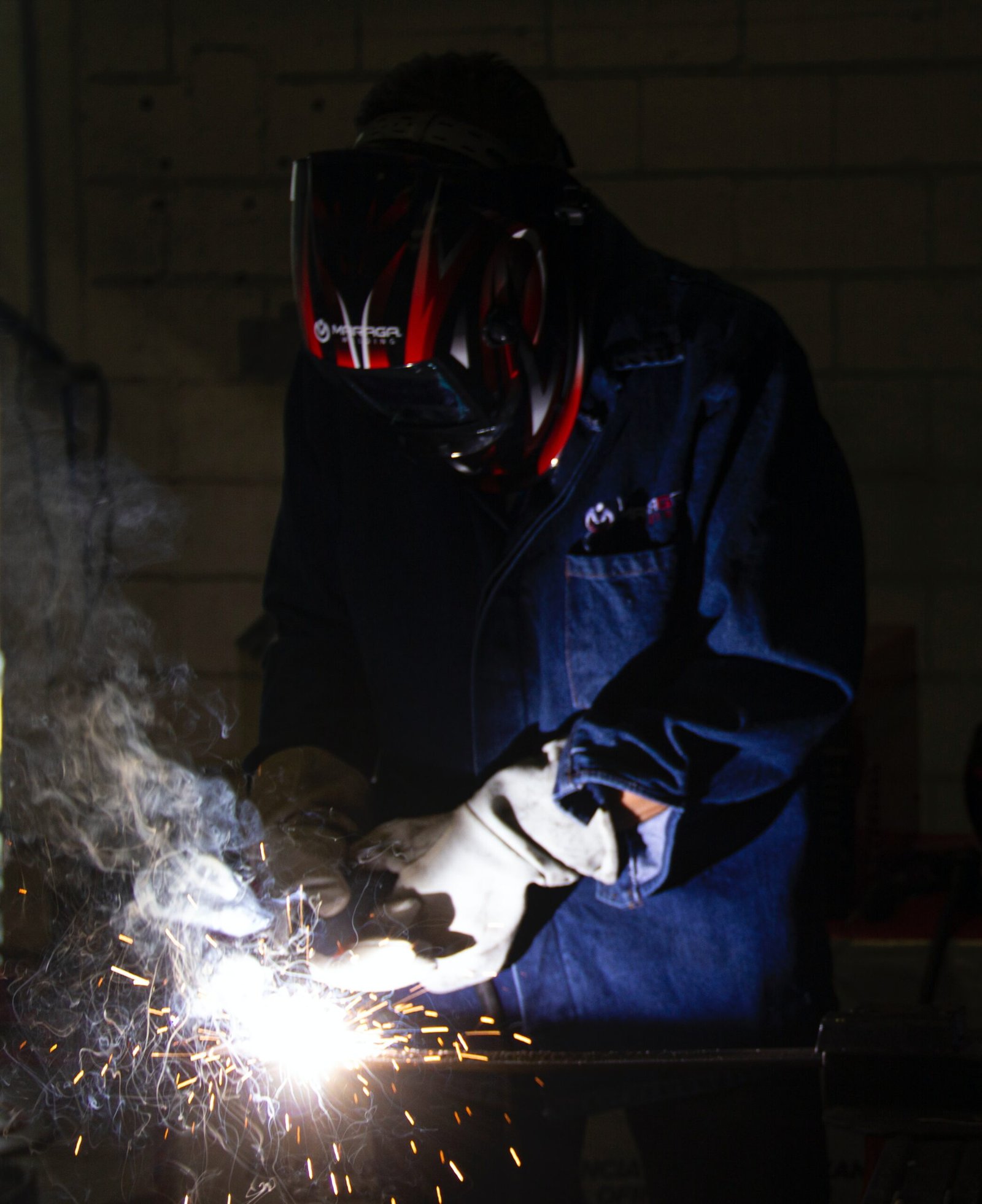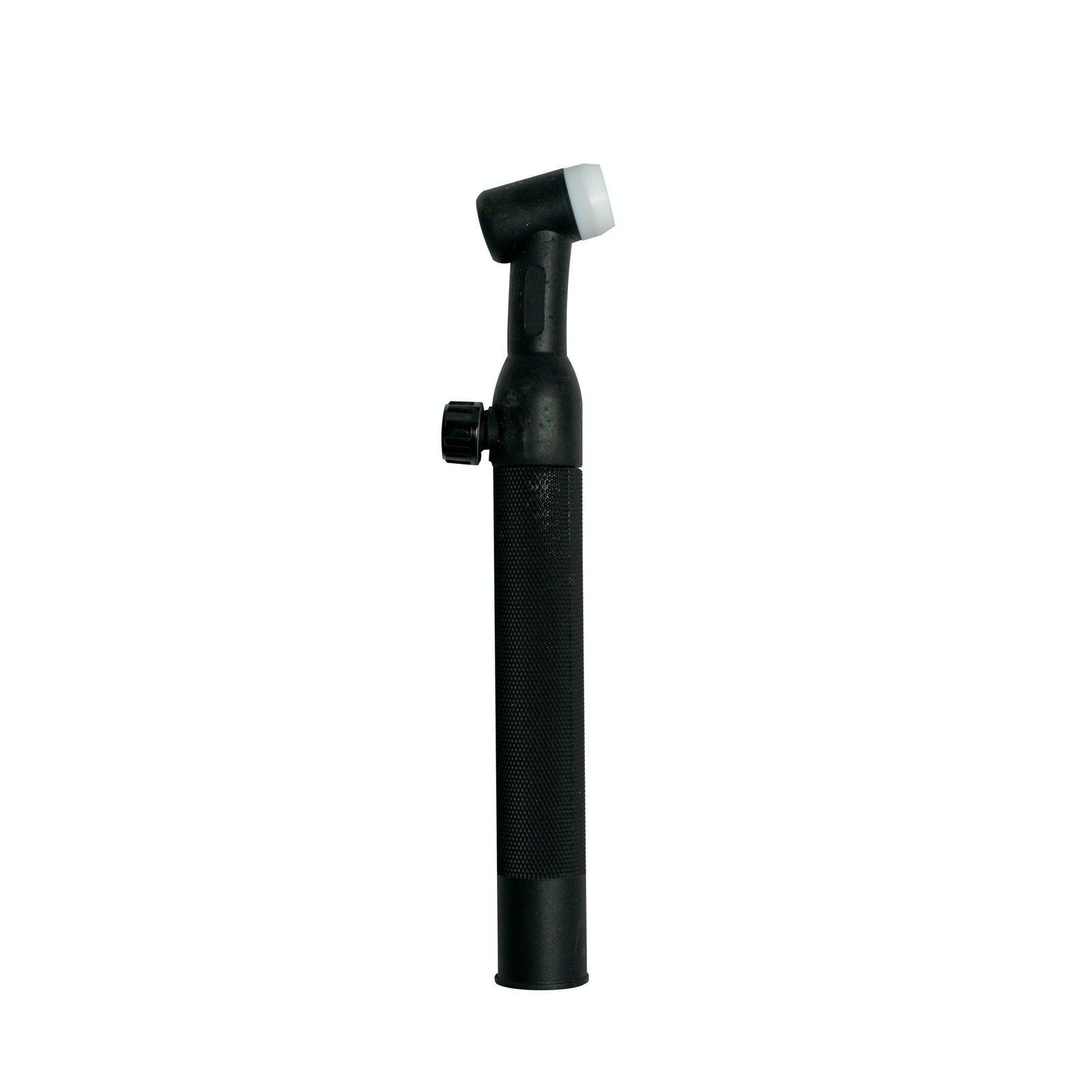When it comes to welding, there are several different methods to choose from, each with its own set of advantages and applications. One popular welding technique is Shielded Metal Arc Welding (SMAW), also known as stick welding. In this article, we will explore the basics of SMAW welding machines and how they are used in various industries.
What is SMAW Welding?
SMAW welding is a manual arc welding process that uses a consumable electrode covered in a flux coating. The electrode is connected to a power source, which generates an electric arc between the electrode and the workpiece. The heat produced by the arc melts the electrode and the base metal, creating a weld pool that solidifies to form a strong joint.
Components of a SMAW Welding Machine
A typical SMAW welding machine consists of several key components:
- Power Source: The power source provides the necessary electrical current for the welding process. It can be either a transformer-based machine or an inverter-based machine.
- Electrode Holder: The electrode holder is used to hold and control the position of the welding electrode.
- Ground Clamp: The ground clamp is connected to the workpiece to complete the electrical circuit.
- Cables: Cables are used to connect the power source, electrode holder, and ground clamp.
- Control Panel: The control panel allows the welder to adjust the welding parameters, such as current and polarity.
Advantages of SMAW Welding Machines
SMAW welding machines offer several advantages that make them a popular choice among welders:
- Portability: SMAW welding machines are compact and portable, making them suitable for on-site welding jobs.
- Versatility: SMAW can be used to weld a wide range of materials, including carbon steel, stainless steel, cast iron, and non-ferrous metals.
- Simple Operation: SMAW welding machines are relatively easy to use, making them suitable for beginners.
- Low Cost: SMAW welding machines are generally more affordable compared to other welding processes.
- Ability to Weld in Windy Conditions: SMAW welding is less affected by wind compared to other welding methods, making it suitable for outdoor applications.
Applications of SMAW Welding
SMAW welding machines are widely used in various industries for different applications:
- Construction: SMAW is commonly used in the construction industry for welding structural steel, pipelines, and bridges.
- Repair and Maintenance: SMAW welding machines are often used for repair and maintenance work, such as fixing machinery, equipment, and vehicles.
- Shipbuilding: SMAW is used in shipbuilding to weld steel plates and structural components.
- Pipe Welding: SMAW is suitable for welding pipes, both in the field and in the workshop.
- Artistic Welding: SMAW can be used for artistic welding projects, such as sculptures and decorative metalwork.
Safety Precautions
Like any welding process, SMAW welding requires proper safety precautions to protect the welder and those in the surrounding area:
- Always wear appropriate personal protective equipment (PPE), including a welding helmet, gloves, and protective clothing.
- Ensure proper ventilation in the work area to prevent the accumulation of harmful fumes and gases.
- Inspect the welding machine and cables regularly for any signs of damage.
- Follow proper electrical safety procedures when connecting and disconnecting the power source.
- Keep a fire extinguisher nearby in case of emergencies.
In conclusion, SMAW welding machines are versatile, portable, and cost-effective tools that are widely used in various industries. Whether you are a beginner or an experienced welder, SMAW welding can be a valuable skill to have. By following the necessary safety precautions and practicing proper techniques, you can achieve high-quality welds with a SMAW welding machine.


